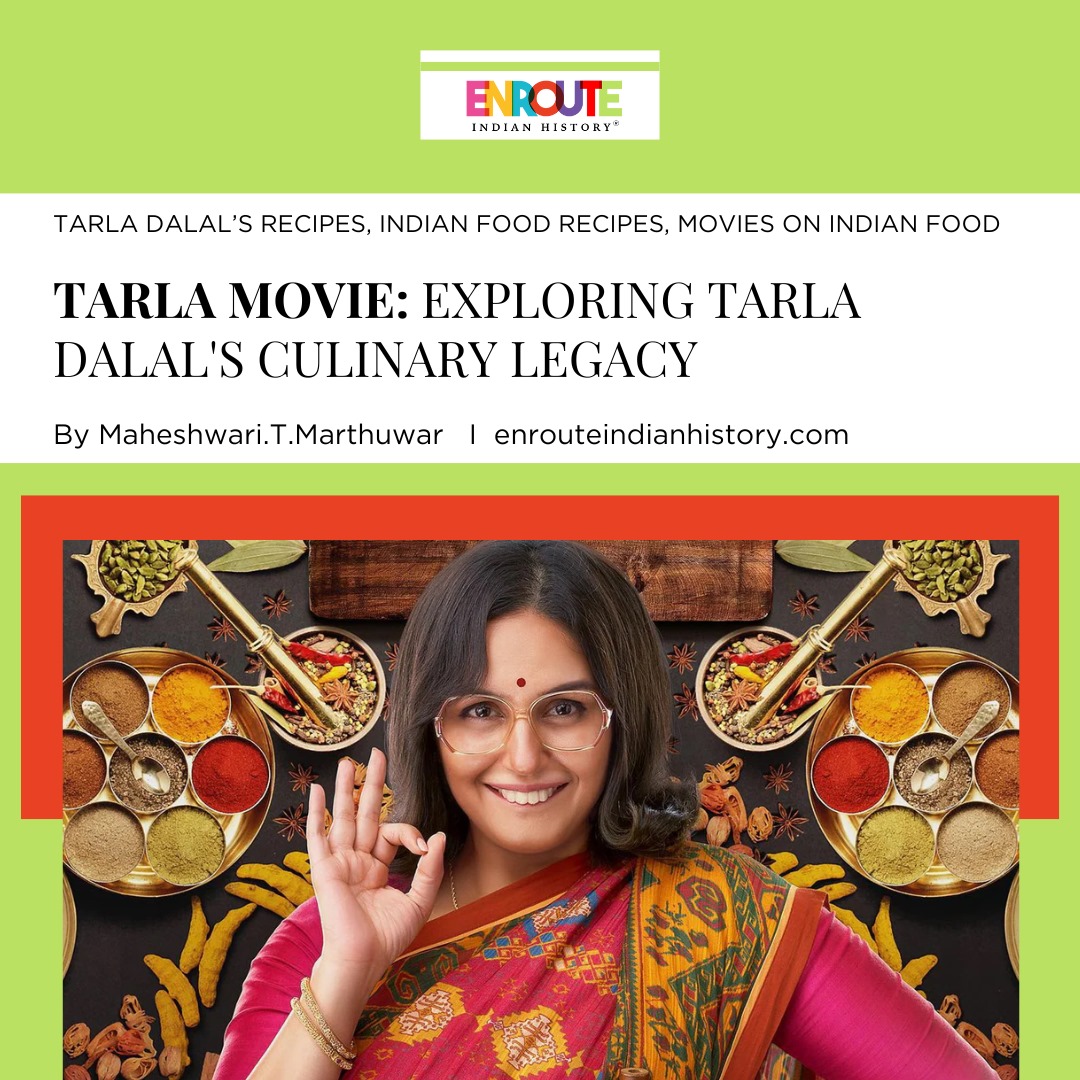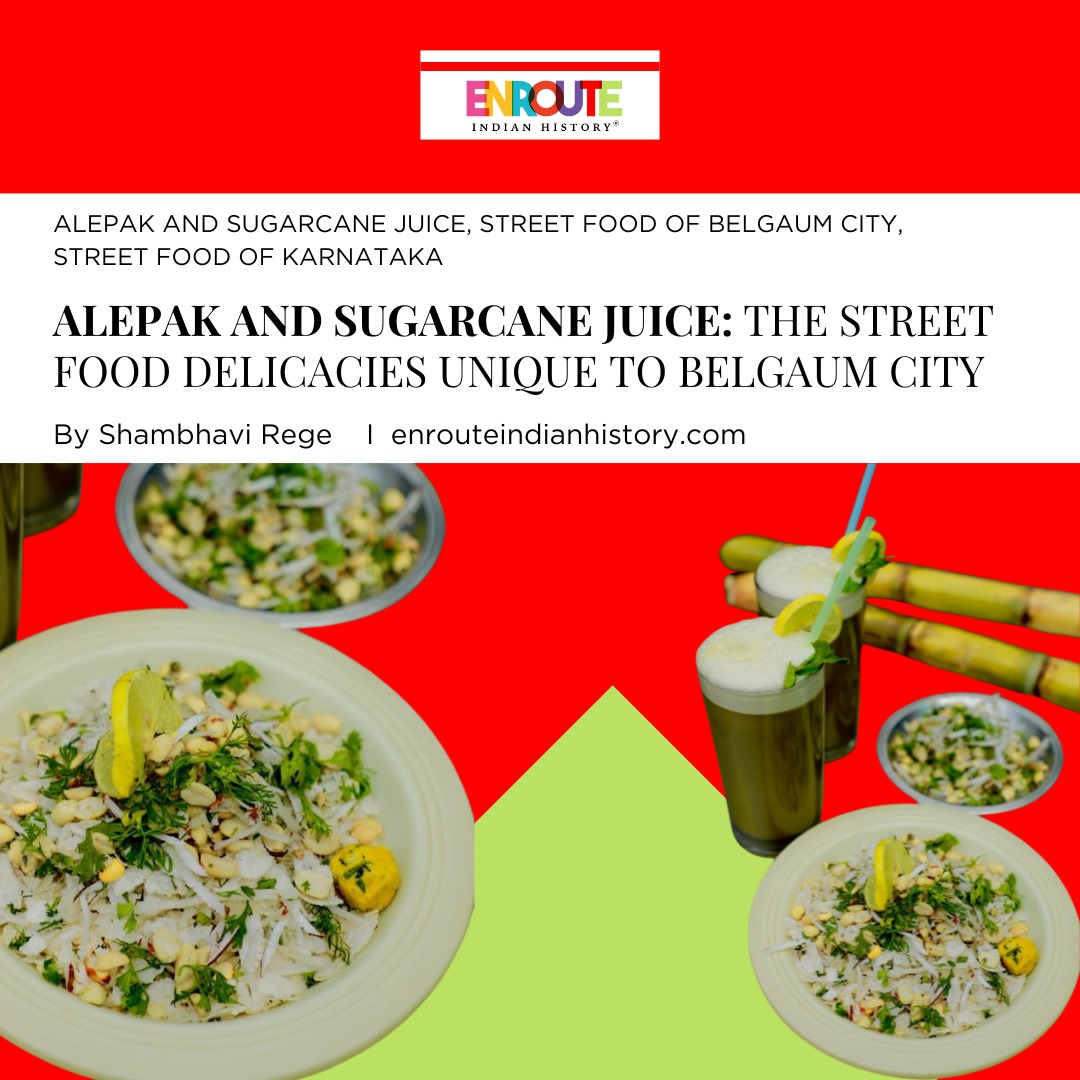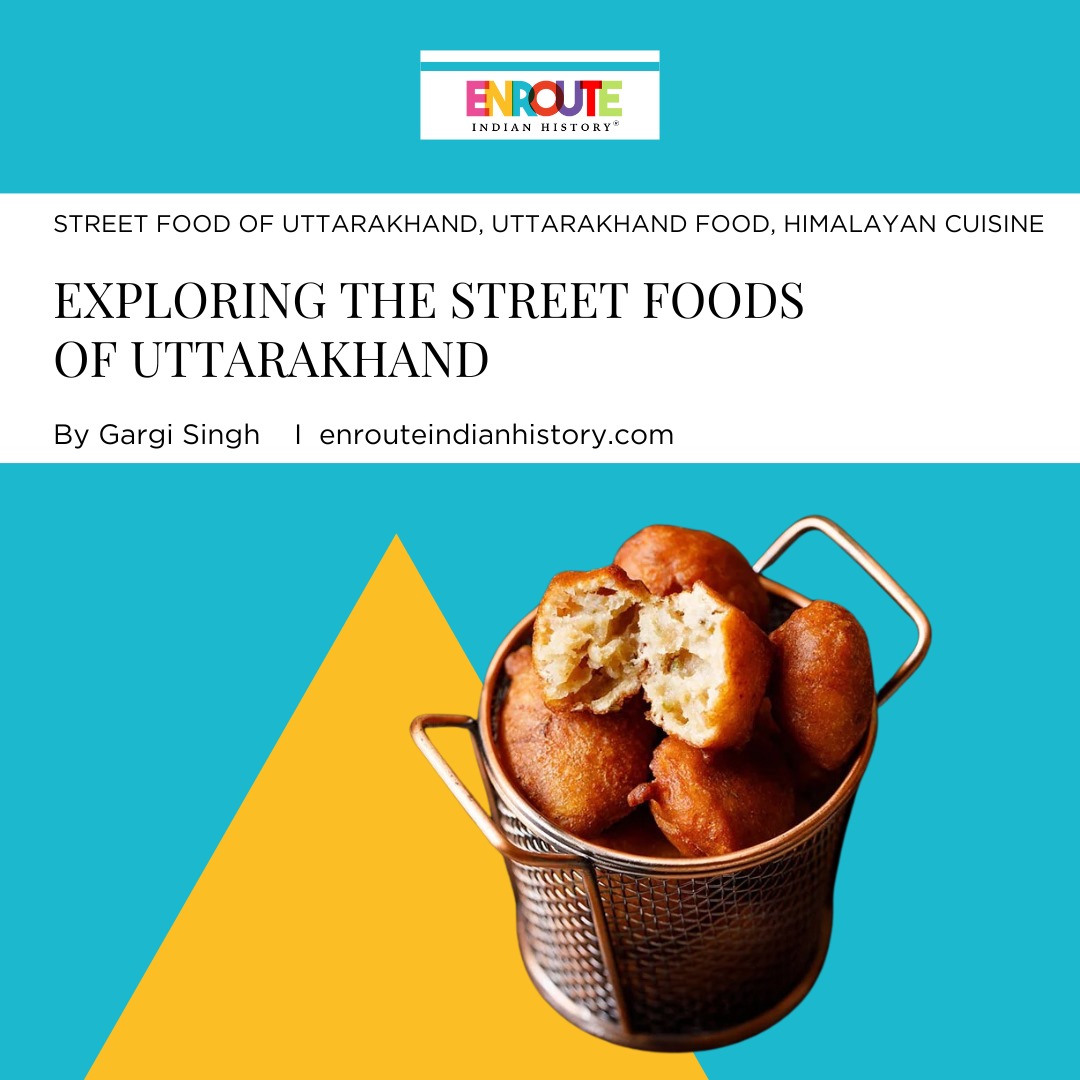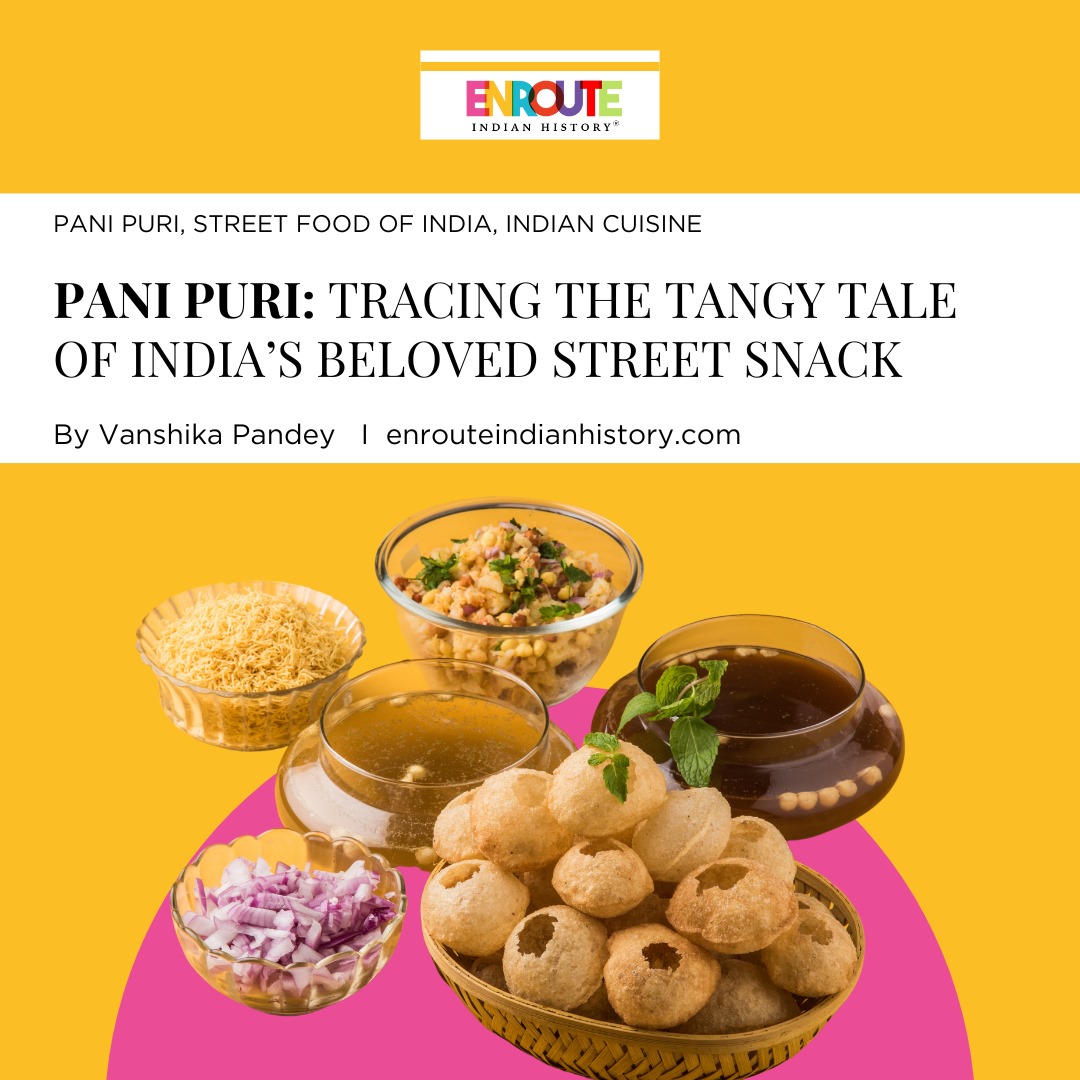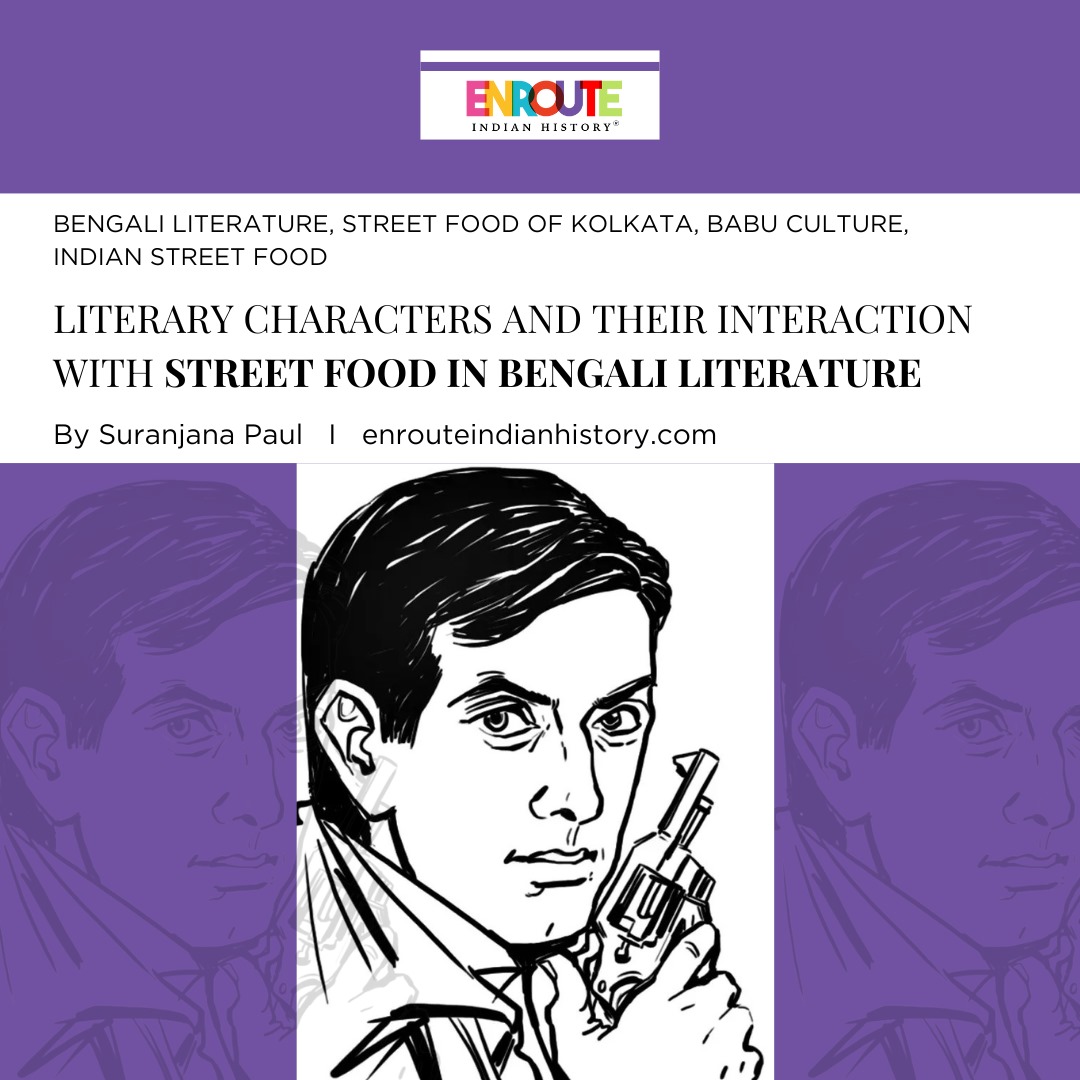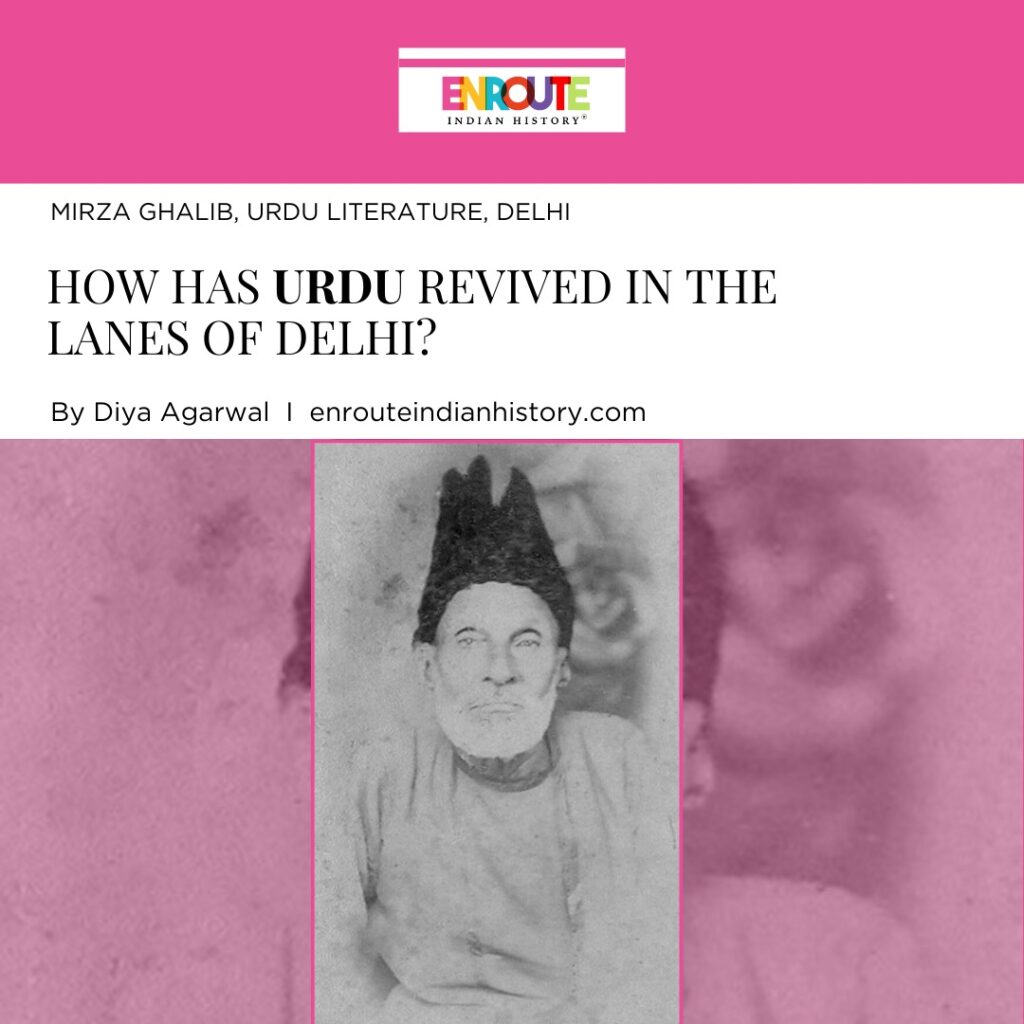
.“Koochey nahin Dilli ke, auraaq-e-musawwir hai
Jo shakl nazar aayi, tasveer nazar aayi”
(These are not Delhi by-lanes, these are the artist’s canvas
Every sight I see looks like a painting)
– Mir Taqi Mir
In the heart of India, where history and modernity converge, a revival of poetic passion is taking place. Delhi, with its rich cultural tapestry, has become the epicenter of a burgeoning movement that seeks to breathe new life into the age-old tradition of Urdu romanticism. This revival celebrates the poetic legacy of the past infusing it with contemporary relevance.
Echoes of Literary Grandeur: Origins of Urdu Romanticism in Delhi
Urdu finds its roots in Delhi, acting as a bone of connection between the Khariboli of Delhi and the Persian language. Urdu literature, while starting, was a lot more conversational – writing words as flowing from the mouth. It was through the patronage of Mughal rulers that Urdu literature found a home in Delhi.
The decline and fall of the Mughals changed the course of poetry to include a gloomy fatalism, morbidness, and a sense of the vanity of life, as observed in the poetry of Sauda, Mir, and Dard. However, to the Delhiites already accustomed to this turmoil, poetry returned to normality. For a long time, Urdu poetry made no headway because there was no one competent enough to give it a boost. Credit for overcoming this has to be bestowed on the poets mentioned above who firmly established the prestige of Urdu poetry. All of them had a deep reverence for Delhi, consecrated and romanticized by their early associations with the capital. If there was a poet who was passionately infatuated with Delhi notwithstanding its battered state, it was Mir Taqi Mir, being lauded with the title “the incurable romancer of the city” by Saif Mahmood (Author – Beloved Delhi and Her Greatest Poets).
Ghalib’s Delhi: At the peak of Delhi’s Romanticism
Born as Mirza Asadullah Baig Khan in 1797, Ghalib’s impact on Urdu Romanticism transcends time, leaving an indelible mark on the cultural identity of Delhi. Ghalib’s Delhi had been divided into two sections – one before the revolt of 1857 and one after it.
(Source – Wikimedia Commons; the only surviving photography of Mirza Ghalib circa. 1860-1869)
hun garmi-e tasavvur se naghma-sanj
main andalib-e gulshan-e na-afrida hun
(I sing away, warmed by the ecstasy of Imagination;
I’m a nightingale of a garden not yet created)
– Ghalib
As Ghalib writes, the Delhi before its ruin was a “garden not yet created” and Ghalib was its “nightingale, singing away, warmed by the ecstasy of imagination.” This Delhi was an exciting place for the people who experienced it, especially the intellectual elite, and was seen by a lot of people as the harbinger of a future stamped uniquely in contrast to its past. Ghalib, Momin, and Zauq maintained no kinship with the new order, remaining the Mughal order’s last representatives.
Just as Ghalib’s Delhi was a metaphor for change, endurance, modernism, and the rise of a new era. Ghalib was a man of numerous temperaments, a virtuoso dowered with a genius for poetry. From displaying a wonderful sense of humor to wallowing in self-pity, his writings encompassed all the fifty shades of life. Love being a central motif in his work also became a metaphor for both human relationships and his profound connection to Delhi. His verses echoed the pangs of unrequited love, mirroring the complex relationship between him and Delhi.
Ghalib romanticized Delhi as a repository of cultural heritage and intellectual enlightenment. His longing transcended the romantic, extending to a deep yearning for the bygone glory of Delhi, its intellectual fervor, and the cultural vibrancy he witnessed. It was Ghalib who held out the olive branch between the old masters and the revitalists who appeared on the literary scene at the turn of the century.

(Source – www.rekhta.org ; A sher by Ghalib)
(I have a thousand yearnings, each one afflicts me so
Many were fulfilled for sure, but notenough although)
Continuity and Revival: Navigating the Modern Landscape
As we navigate the currents of time, the continuum of Urdu Romanticism in Delhi reveals itself in the juxtaposition of tradition and modernity. Urdu continues to be an integral part of Delhi’s cultural landscape despite the tumultuous times. Urdu’s fight for survival now stems from the fact that there are hardly many people who can read the Perso-Arabic script of Urdu in Delhi. It moved from being the popular language in Delhi to just the lanes of Delhi-6. Astonishingly, Urdu Romanticism is on the revival once again, especially amongst the youth of Delhi. With the literary festivals and meets, workshops, and other events; Urdu once again seems to be making a home within the hearts of Delhi.
An organization that can be credited for this is the Rekhta Foundation – a non-profit organization that seeks to promote and preserve the language and literature of the Indian subcontinent. The foundation launched the website www.rekhta.orgintending to advance and disseminate Urdu literature to a global audience who do not converse in it. It claims to be the largest online repository of Urdu poetry anywhere, with over 30000 ghazals of poets over the last three centuries. These are available in Devnagari, Roman, and Urdu scripts. It holds the annual Jashn-e-Rekhta festival in Delhi which gathers a huge footfall serving as a dynamic platform where poets, scholars, and enthusiasts converge to celebrate the richness of Urdu. Through panel discussions, poetry recitations, and Qawwalis, the festival contributes to the continued vibrancy of Urdu Romanticism in the cultural ethos of Delhi.

(Source – Krishan Murari/The Print; Javed Akhtar in a session at the ‘Meer ki Dilli, Shahjanabaad: The Evolving City’ festival)
A more recent festival ‘Meer ki Dilli, Shahjanabaad: The Evolving City’ was held at the India International Centre in Delhi from the 15th- 18thof February, paying tribute and celebrating Mir Taqi Mir. Organized by the Anjuman Tarraqi Urdu (Hind), popularly known as Urdu Ghar, the esteemed Urdu literary institution; the festival attracted a diverse array of attendees from all walks of life. From poetry readings to linguistic discussions, the festival weaved together the celebration of Urdu and Delhi-6. It featured books and collections of Urdu poetry by legendary poets and authors of Delhi. This festival, also, featured Bollywood celebrities reflecting on their resonance with the language and the culture it endorses. With Javed Akhtar delving into Urdu’s transformation to a symbol of cultural identity and Naseeruddin Shah remembering his role as Mirza Ghalib that ignited his connection to Urdu, the festival was a quintessential success in serving its purpose of reviving Urdu.
Continuing with the focus on Bollywood, it is imperative to mention the role of Bollywood in reigniting the new-found love of Urdu in the hearts of the youth of Delhi. With Gulzar’s “tujhse milne purani dilli mein, chhod aaye nishani dilli mein: ballimaran se daribe talak, teri meri kahaani dilli mein” in Kajra re, he reinvokes the love affair in the streets of Delhi. Interestingly, Ballimaran is also the lane that houses the Haveli of Ghalib – a popular visitor attraction now for the inhabitants of Delhi and a heritage site as declared by the Archaeological Survey of India.


(Source – Indrajit Das, Wikimedia Commons; The Haveli of Mirza Ghalib)
It is also in the lanes of Purani Dilli near Jama Masjid that you would find the Urdu Bazaar. Longing for Urdu literature? The bazaar has a plethora of books and magazines, old and new, historical and religious. A one-stop destination for Urdu literature, the market had been in decay but still enjoys the passionate connoisseur of Urdu literature. As with every location in Delhi-6, the market takes a little bit of effort to find but the fruit of this patience is a literary trove.
Urdu Romanticism, with its ability to evoke universal emotions, transcends geographical boundaries and the beginnings of its revival stand as a testament to the resilience of culture. The continuum of Urdu Romanticism reveals a profound connection between the past and the present. The flame, nurtured by the city’s collective consciousness, illuminates not only the poetic tradition but also the very essence of Delhi’s identity.
Citations
- Muḥammad Ṣādiq (1964).A history of Urdu literature.London Oxford Univ. Press.
- Thomas Grahame Bailey (2008).A history of Urdu literature. Karachi: Oxford University Press.
- Correspondent (2023).“Delhi’s Love Affair With Urdu.”Delhi Messenger
- Nazim, Y. (2024).Urdu literary fest: A toast to Delhi 6. [online] The Patriot.
- Mahmood, S. (2018).‘Beloved Delhi’: This book explores how Dilli became the city of poets, and of Urdu. [online] Scroll.in.
Karmwar, M. (2022). “Ghalib and His Literature: A Source of Dilli’s History.” 2. 270-275
- May 8, 2024
- 8 Min Read



